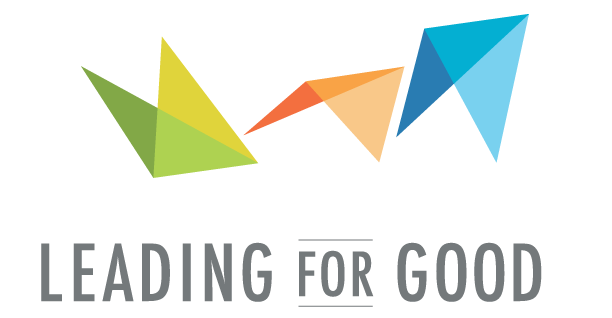Want better results? Write better goals with the TIP Model!
One of the most critical elements to any successful coaching relationship is helping an individual to effectively frame his or her goals. It seems so simple and straightforward, yet it involves surprising complexity to write effective goal statements. I often find that successful goal-setting involves a playful creativity, an editor’s diligence for rework, and a scientific detachment to ensure that one's goals are three things outlined in the model below.
Goals should be…
1. PITHY – A rallying statement should be short and sweet, ideally 7 words or less. Just as less is so often more in today’s overwhelming world, so too with a goal statement; the goal should be easy to remember and reflect upon throughout the coaching relationship.
2. INSPIRING – You know you have gotten to the right statements when you feel genuinely moved and absolutely thrilled and even shocked at the prospect of completing/realizing the goal statements. Thus far, the end point has seemed completely elusive and unattainable. To me, this is the most important and exciting aspect of any goal setting process. A great goal incites you to imagine and believe in a new possibility that was not conceivable previously.
3. TANGIBLE – Whether quantitatively or qualitatively, there needs to be a tangible means for you to know or feel that things have changed. A quantitative metric is often the most clear cut way for the goal to be tangible, but it may also be a completed deliverable or a particular result or state of mind, that is qualitatively clear in nature. What can be sometimes challenging about building this piece in is that a quantitative measure can often be in conflict with the inspiring part of a goal statement. The tangible measure is often the “head” to the inspiration’s “heart” of the goal, and both need to be balanced in a goal statement.
After putting this to paper, I realized these attributes form the acronym PIT, which could sound slightly negative in one sense, but on other, it is about getting to the core of the client’s sincerest dream or intention that has often been too long deferred. You have to get past the fleshy fruit to get at the seed for change. And if you don’t like the analogy, flip it to the TIP model!
Here are examples of well-articulated goals, both professional and personal, which hit the mark on all of the above.
Acquire 5 new client contracts
Spend 1 day a week on division strategy
Secure a publisher for first novel
Run half marathon in less than 2 hours
Feel a sense of ease 90% of time
We hope you will remember to check your goals against the TIP model the next time you want to frame a goal for yourself or support someone else in setting goals. Let us know if we can help you craft or refine your goal statements. Here's to getting to the core of some very sweet fruit this Summer!


